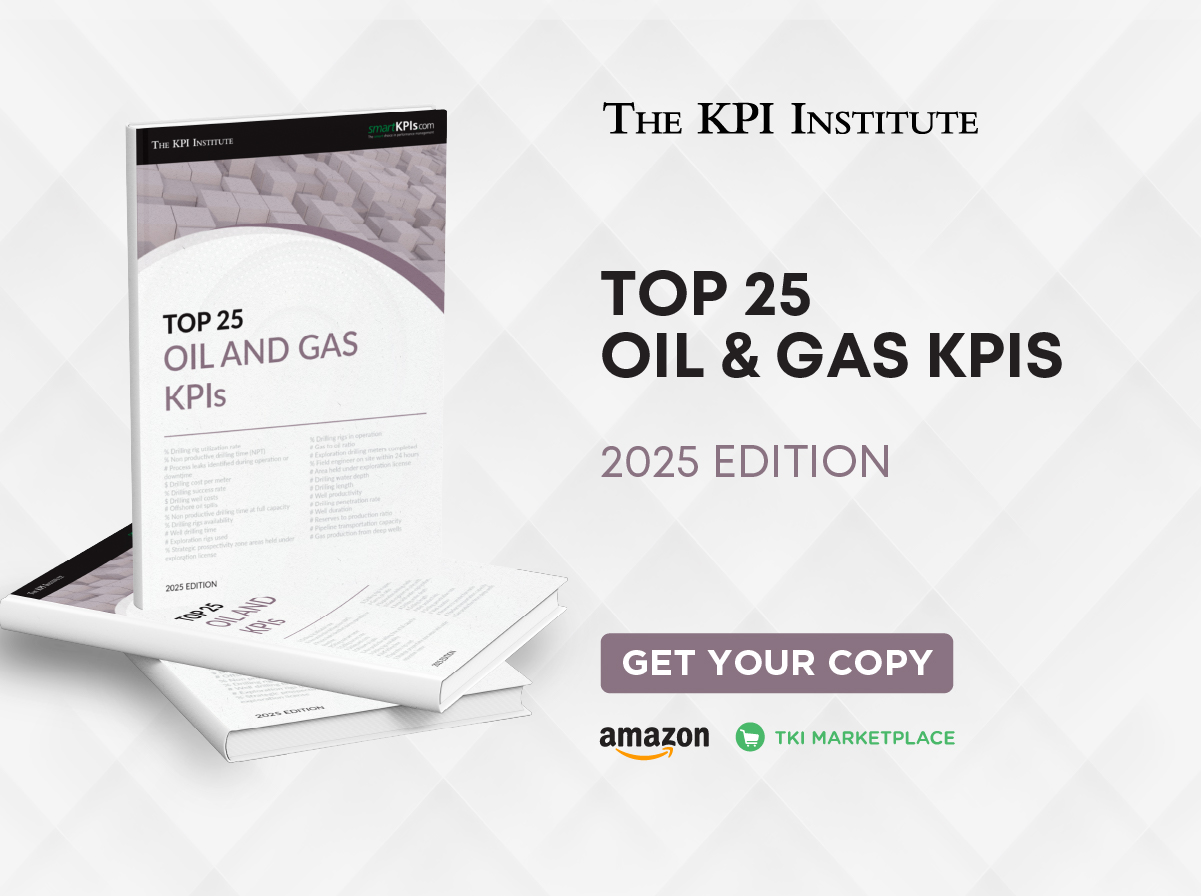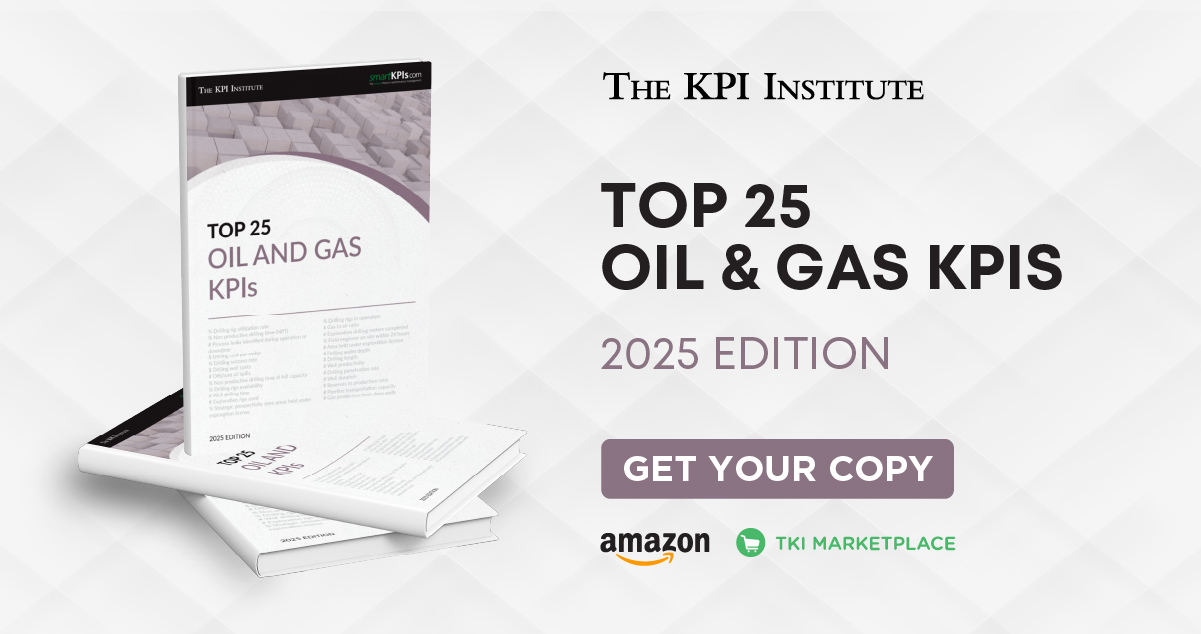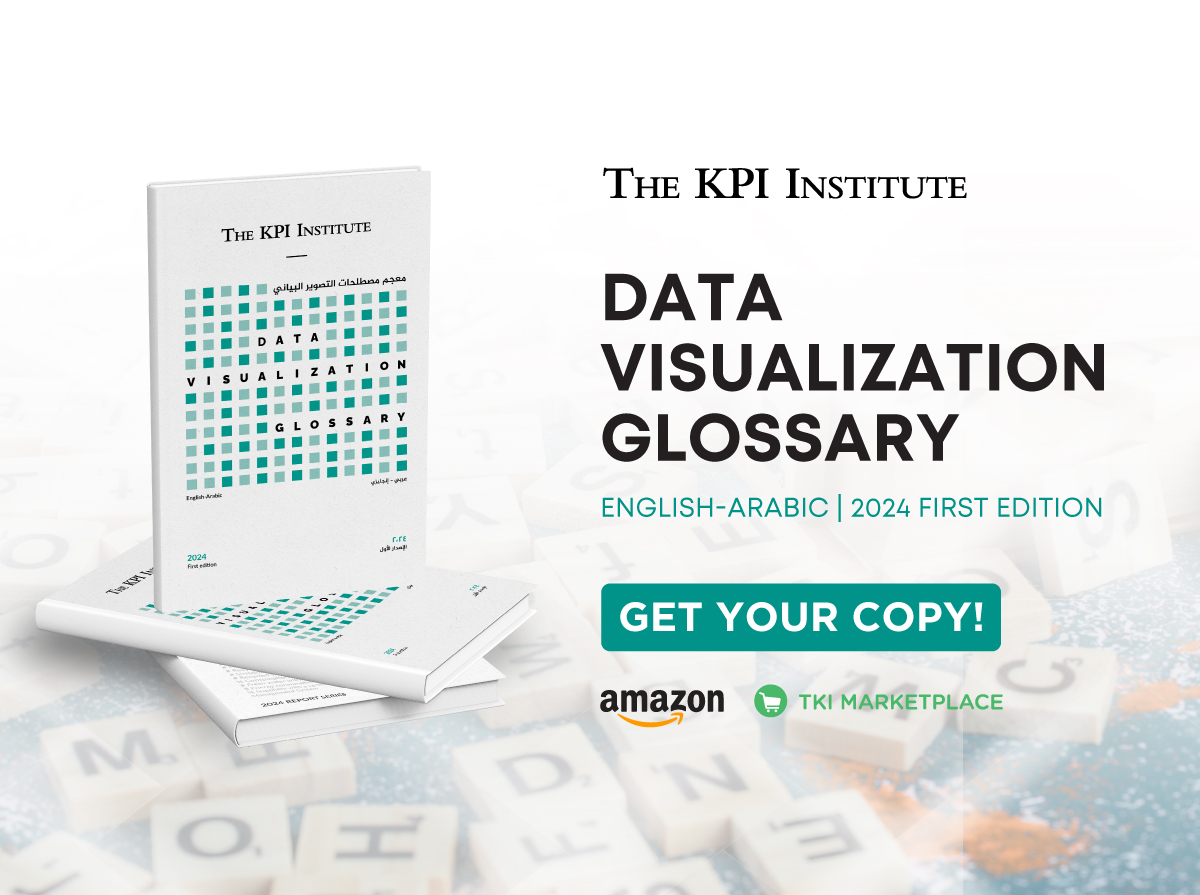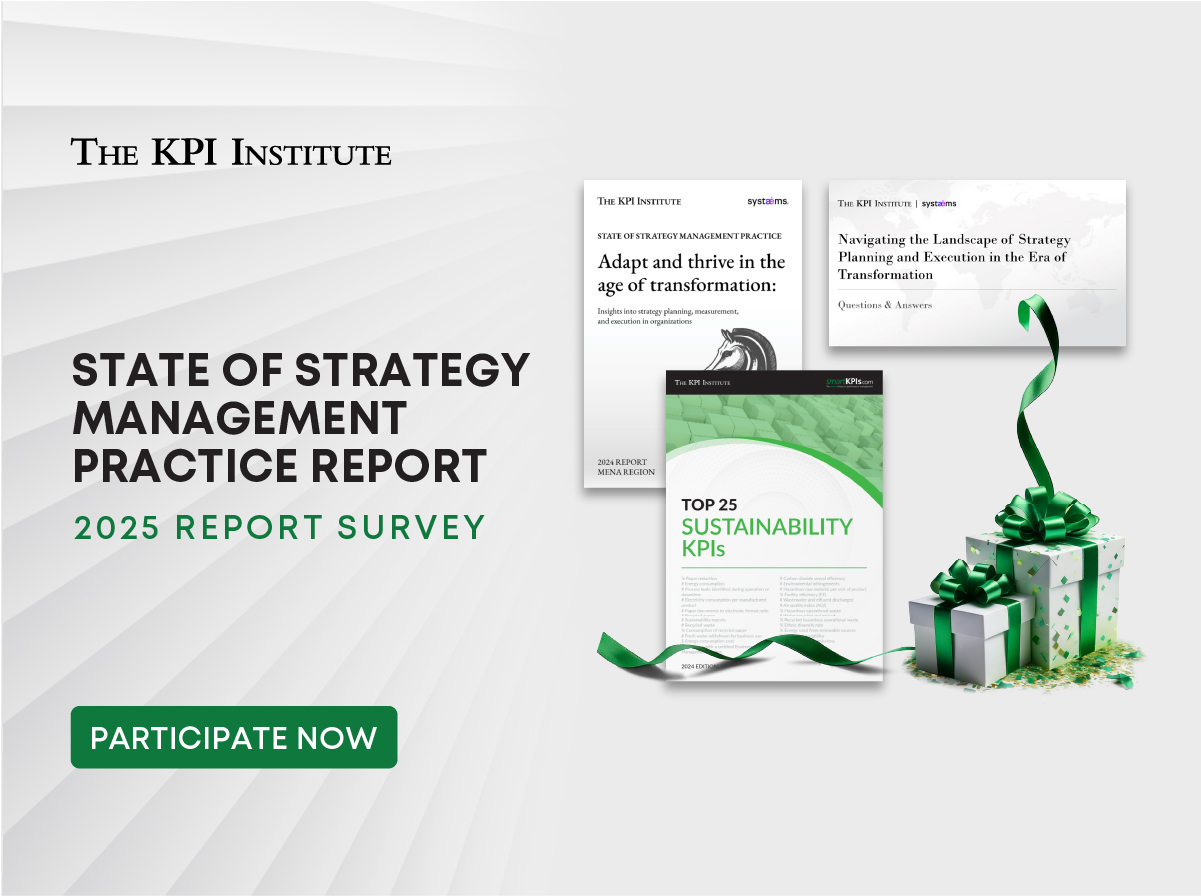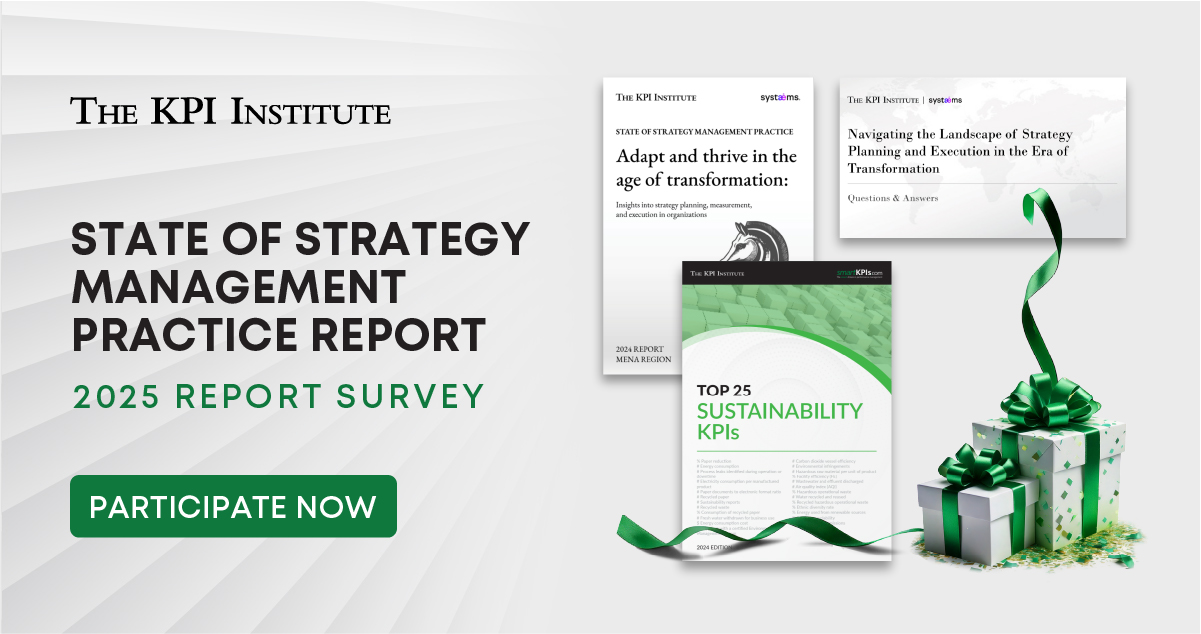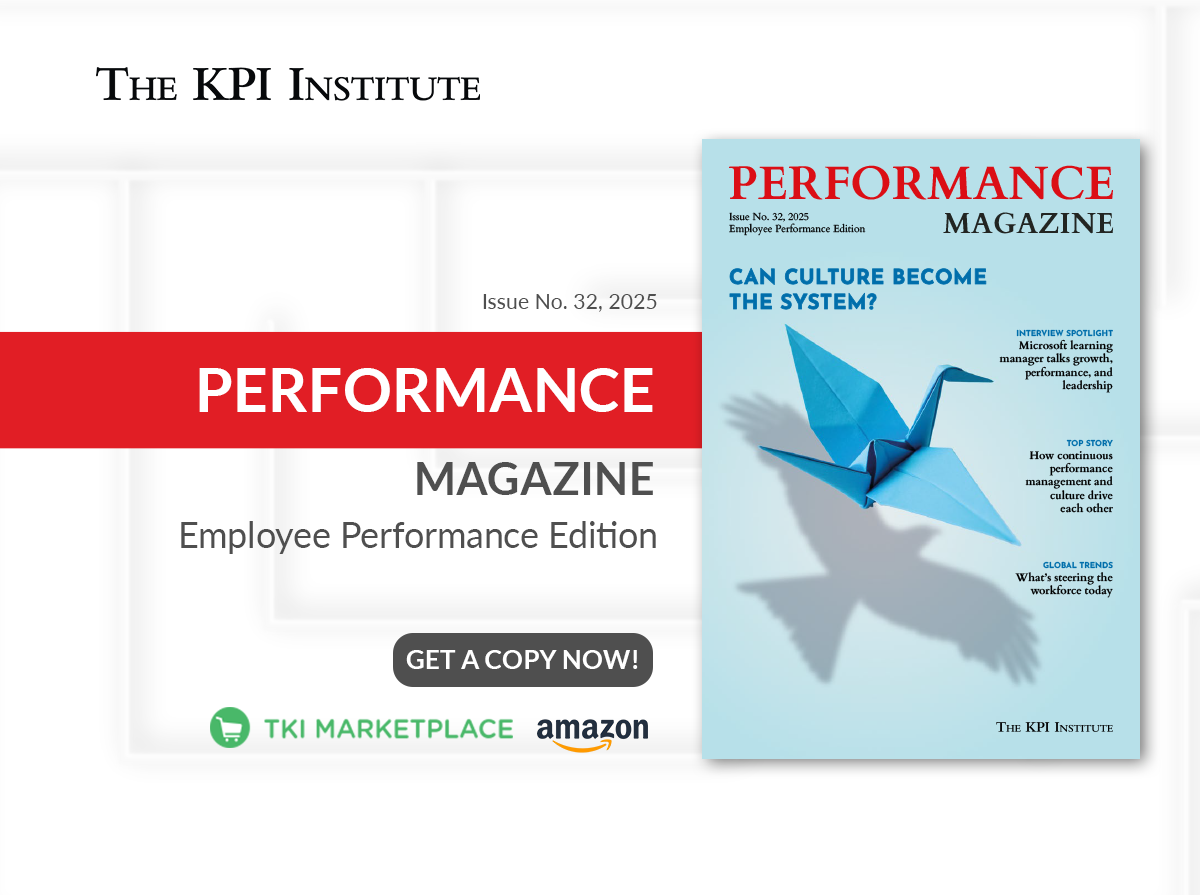
Performance Magazine’s new edition explores impact of culture on employee performance
April 30th, 2025 Posted by Kimberly Tilar Publications 0 thoughts on “Performance Magazine’s new edition explores impact of culture on employee performance”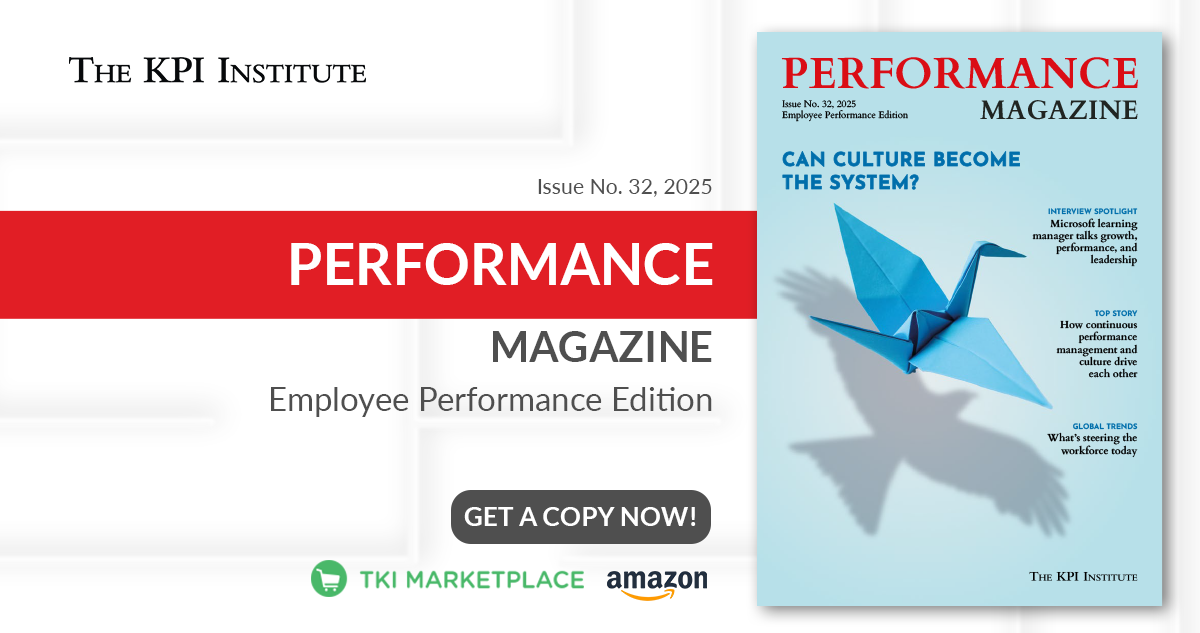
Performance Magazine, the business publication of The KPI Institute, proudly announces the release of its Employee Performance Edition. This issue highlights how organizational culture drives employee performance and strengthens workplace engagement across various dimensions. Culture is increasingly recognized as a core driver of success, influencing how employees work, interact, and contribute to company objectives. The edition explores how cultural values can be applied to create environments where high performance is integrated into daily operations.
The cover story, “When Culture Becomes the System: How Continuous Performance Management Transforms Today’s Organizations,” discusses how continuous performance management systems, when aligned with cultural values, lead to more effective and consistent results. By embedding these principles into everyday activities, organizations can better align teams with business objectives and boost overall performance.
This edition also explores key trends transforming the workplace, including shifts in employee benefits, engagement, and satisfaction. It addresses the impact of phenomena like “The Great Detachment,” “dry promotions,” and presenteeism. It also examines the return-to-office debate, the influence of microcultures within teams, and the need for global organizations to build adaptive cultures that connect diverse employee backgrounds, support collaboration, and promote quick decision-making in a fast-changing world.
Interviews with industry leaders offer insights into creating a performance-oriented culture, highlighting the importance of transparency, collaboration, and trust in guiding organizational behavior. They also highlight how performance evaluations are shifting toward a greater focus on results, moving away from traditional ratings. The discussion also touches on sustainability’s role in organizational culture, emphasizing its value as a core principle rather than just a regulatory requirement.
As Performance Magazine celebrates its 10th anniversary, this edition marks the first issue of the year and kicks off a year-long celebration of a decade of leadership in performance management.
The digital version of Performance Magazine’s Employee Performance Edition is available for free on the TKI Marketplace, while the print version can be purchased on Amazon.

